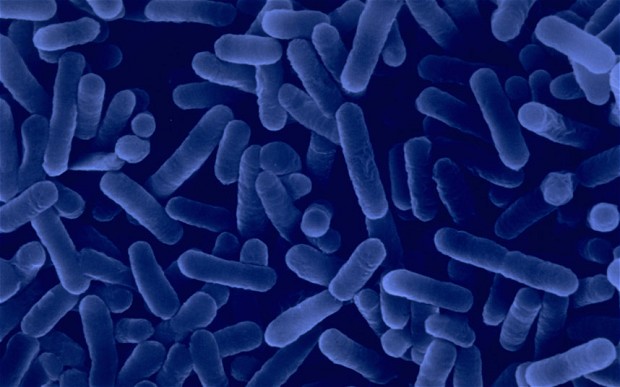
This article was last updated on April 16, 2022
Canada: ![]() Oye! Times readers Get FREE $30 to spend on Amazon, Walmart…
Oye! Times readers Get FREE $30 to spend on Amazon, Walmart…
USA: ![]() Oye! Times readers Get FREE $30 to spend on Amazon, Walmart…
Oye! Times readers Get FREE $30 to spend on Amazon, Walmart…
 A man has died and 15 people are in critical condition with Legionnaires’ disease after an outbreak in the south west of Edinburgh. More cases are expected to continue rising until the weekend.
A man has died and 15 people are in critical condition with Legionnaires’ disease after an outbreak in the south west of Edinburgh. More cases are expected to continue rising until the weekend.
The number of people affected by the outbreak has increased suddenly since the first case was identified on 28thMay. Health authorities have revealed that they are dealing with over 30 confirmed and suspected Legionnaires’ cases in the city. Most of the cases have been linked to the areas of Dalry, Gorgie and Saughton in south-west Edinburgh.
Scottish Health Secretary, Nicola Sturgeon has stated it is a significant outbreak of considerable concern.
A consultant in public medicine and chairman of the incident management team at NHS Lothian, Dr. Duncan McCormick, has said: “The incubation period of Legionnaires’ disease is between two and 14 days but the average is five or six days, so we’re expecting to have more cases over the next few days.”
Tests are being carried out and analyzed to determine the exact source of the outbreak, a number of water cooling towers in the city have been treated through chemicals, while the other sources are under the process of investigation.
Dr. McCormick has told: “If our action has been correct, we hope to have removed the source though our shock treatment of these cooling towers. So we would hope that by the weekend, five or six days after the treatment, we will start to see a decline in cases.”
NHS Lothian has confirmed that the only patient who died on Tuesday at Edinburgh’s Royal Infirmary, was in his 50s and had had other underlying health problems
Thirteen men and two women aged between 33 and 74 with the disease are in a critical condition and are being treated in intensive care in hospitals in the Lothian area. A further 10 men and five women are being treated in hospitals but their infection has not yet been confirmed.
Ms. Sturgeon told: “The strong working assumption at this stage is that the source will be industrial cooling towers in the south-west of the city and these towers have already been chemically treated, so the hope is the source has already been stopped.”
The analysis made tells that those at the greatest risk of contracting the disease are older people (especially men), heavy smokers and those with pre-existing medical conditions. The common symptoms of Legionnaires’ disease include muscle pains, nausea, fever and diarrhoea. Though there is a low risk to the general population, anyone suffering from symptoms is being strongly urged to contact their GP.
Article viewed on Oye! Times at www.oyetimes.com.

Be the first to comment